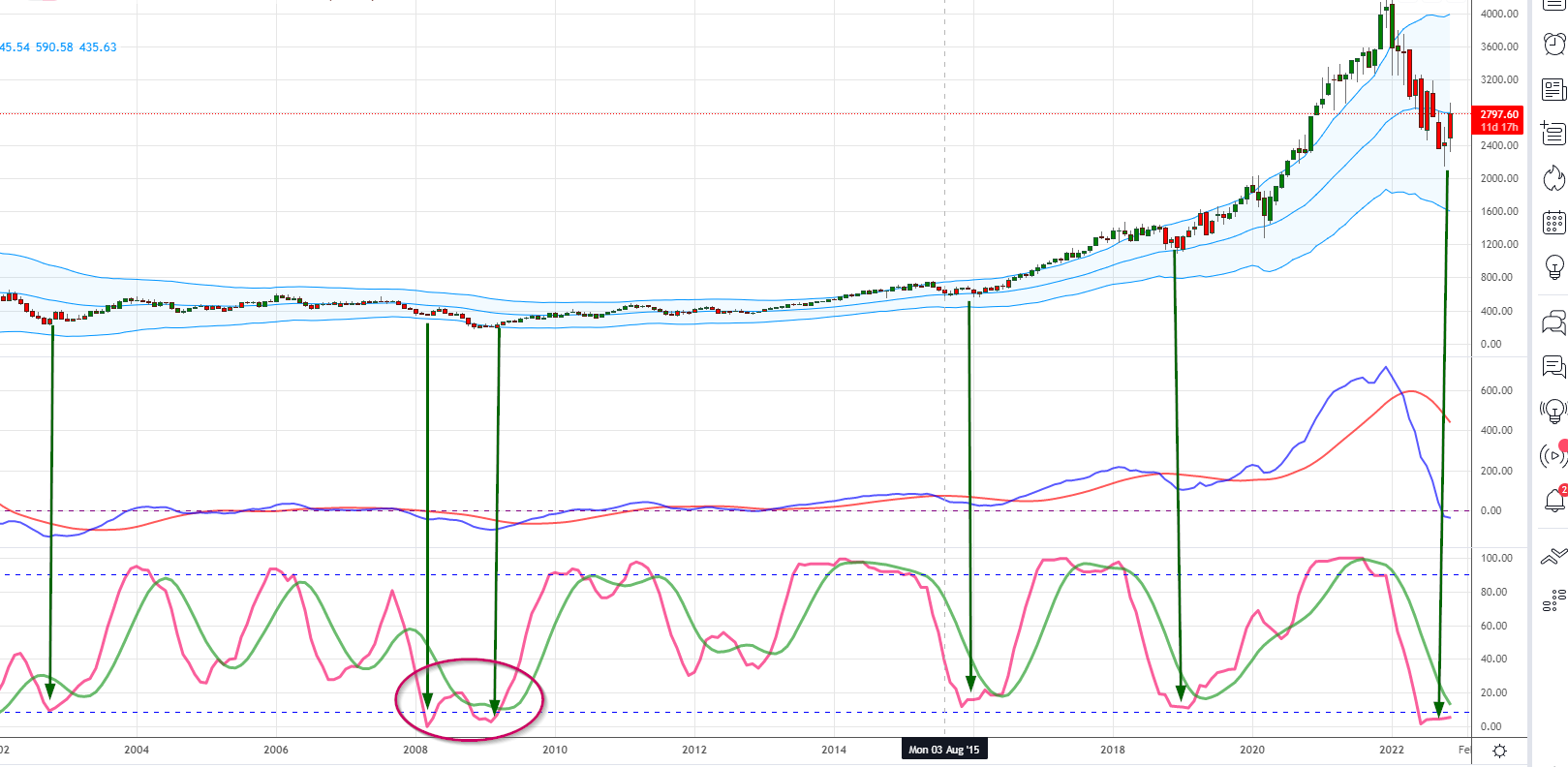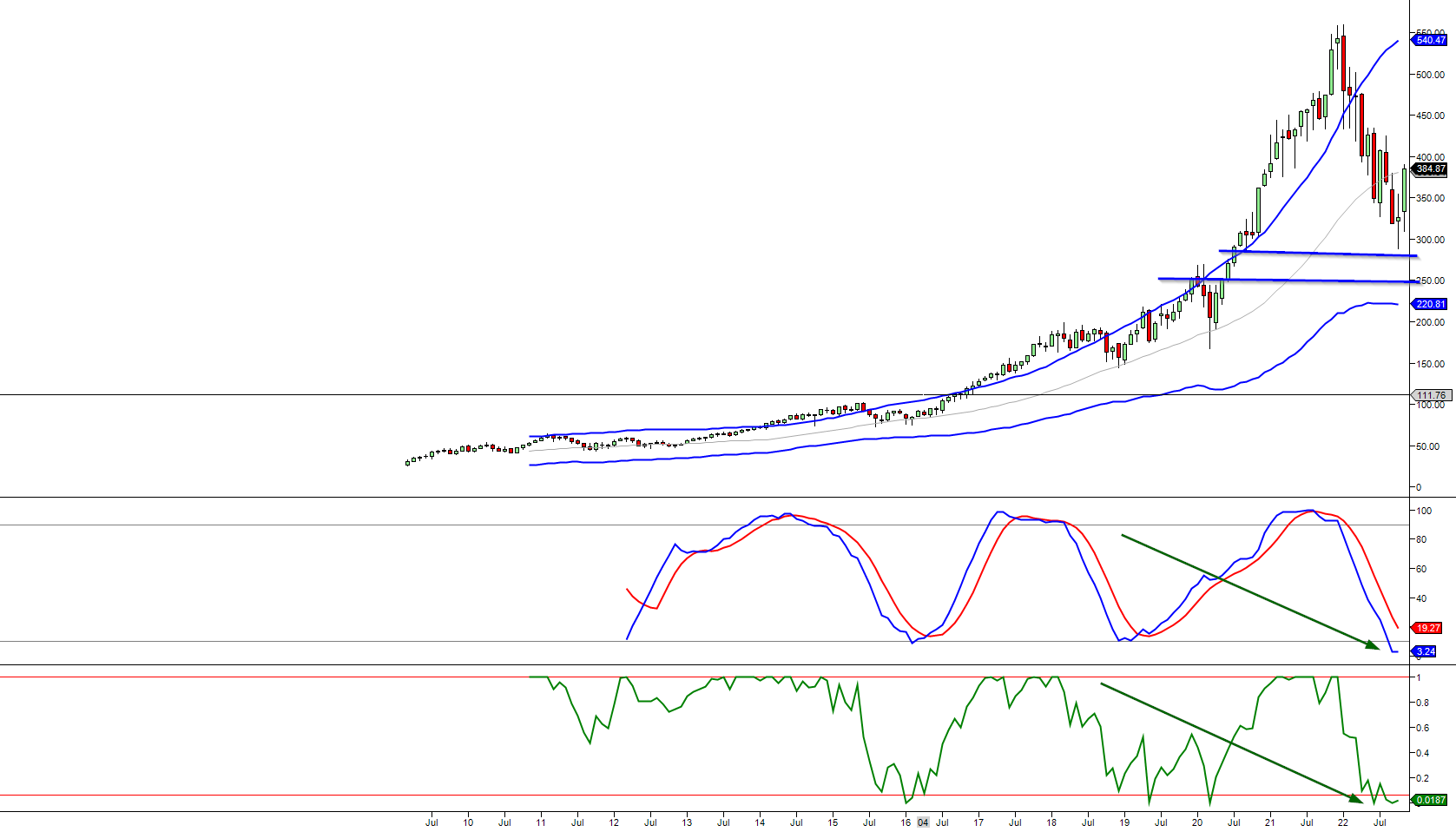
Introduction:
Mass formation psychology, also known as the “mass formation hypothesis,” is a phenomenon that has gained significant attention recently due to its potential role in explaining certain societal events. Many people have compared it to mass hysteria and mass delusion, but it is a distinct concept with its own unique characteristics.
In this article, we will explore what mass formation psychology is, how it differs from other similar concepts, and its potential implications for society. We shall investigate the constituents that can add to the emergence of mass formation psychology, and how it can be thwarted.
What is Mass Formation Psychology?
Mass formation psychology is a theory that suggests that large groups of people can become collectively delusional or hypnotized. This can occur when a society is exposed to a constant and repetitive message, causing individuals to become isolated from other viewpoints and believe in a particular narrative.
Unlike mass hysteria, which involves physical symptoms, and mass delusion, which is characterized by a shared false belief, mass formation psychology involves a shared hypnotic state that affects an entire population. This hypnotic state can result in the acceptance of a particular narrative, regardless of whether it is supported by facts or not.
How is Mass Formation Psychology Different from Other Similar Concepts?
Mass formation psychology is distinct from other similar concepts like mass hysteria and mass delusion. Mass hysteria involves a group of people experiencing physical symptoms in response to a perceived threat, while mass delusion involves a shared false belief.
In contrast, mass formation psychology involves a shared hypnotic state that is induced by a repetitive narrative. This narrative can be based on truth or falsehoods and is designed to control the thoughts and actions of the group.
Factors Contributing to the Development of Mass Formation Psychology:
Numerous factors may play a role in the emergence of mass formation psychology. One of the most critical factors is exposure to a repetitive message. This message can be disseminated through various mediums, including social media, mainstream media, and political speeches.
Another facet that can contribute to the development of mass formation psychology is the presence of a magnetic leader or group of leaders. These individuals can use their influence to manipulate the narrative and induce a hypnotic state in their followers.
Preventing Mass Formation Psychology:
Preventing mass formation psychology requires a multifaceted approach that includes media literacy education, critical thinking skills, and political transparency. It is essential to teach individuals how to recognize and analyze different sources of information and think critically about the messages they receive.
Transparency in the political process is also critical to preventing mass formation psychology. This includes holding leaders accountable for their actions and ensuring that the media has access to unbiased and accurate information.
Conclusion:
Mass formation psychology is a novel notion that has garnered the substantial interest of late owing to its plausible role in elucidating social phenomena. Unlike other similar concepts like mass hysteria and mass delusion, mass formation psychology involves a shared hypnotic state induced by a repetitive narrative.
To prevent the development of mass formation psychology, it is essential to promote media literacy, critical thinking skills, and political transparency. By doing so, we can help individuals think for themselves and avoid being caught up in a shared hypnotic state induced by a repetitive narrative.
FAQ’s
What is mass formation psychosis?
It is a theory that suggests large groups of people can become collectively delusional or hypnotized, resulting in the acceptance of a particular narrative, regardless of whether it is supported by facts or not.
How is mass formation psychosis different from mass hysteria and mass delusion?
Mass hysteria involves physical symptoms in response to a perceived threat, while mass delusion involves a shared false belief. In contrast, mass formation psychosis involves a shared hypnotic state induced by a repetitive narrative.
What factors contribute to the development of mass formation psychosis?
Exposure to a repetitive message and the presence of a charismatic leader or group of leaders can contribute to the development of mass formation psychosis.
How can mass formation psychosis be prevented?
Preventing mass formation psychosis requires a multifaceted approach that includes media literacy education, critical thinking skills, and political transparency. It is essential to teach individuals how to recognize and analyze different sources of information and think critically about the messages they receive. Transparency in the political process is also critical to preventing mass formation psychosis.
What are the potential implications of mass formation psychosis for society?
Mass formation psychosis has the potential to influence the thoughts and actions of an entire population, leading to the widespread acceptance of a particular narrative regardless of its accuracy. This can have significant implications for politics, public health, and social cohesion.



